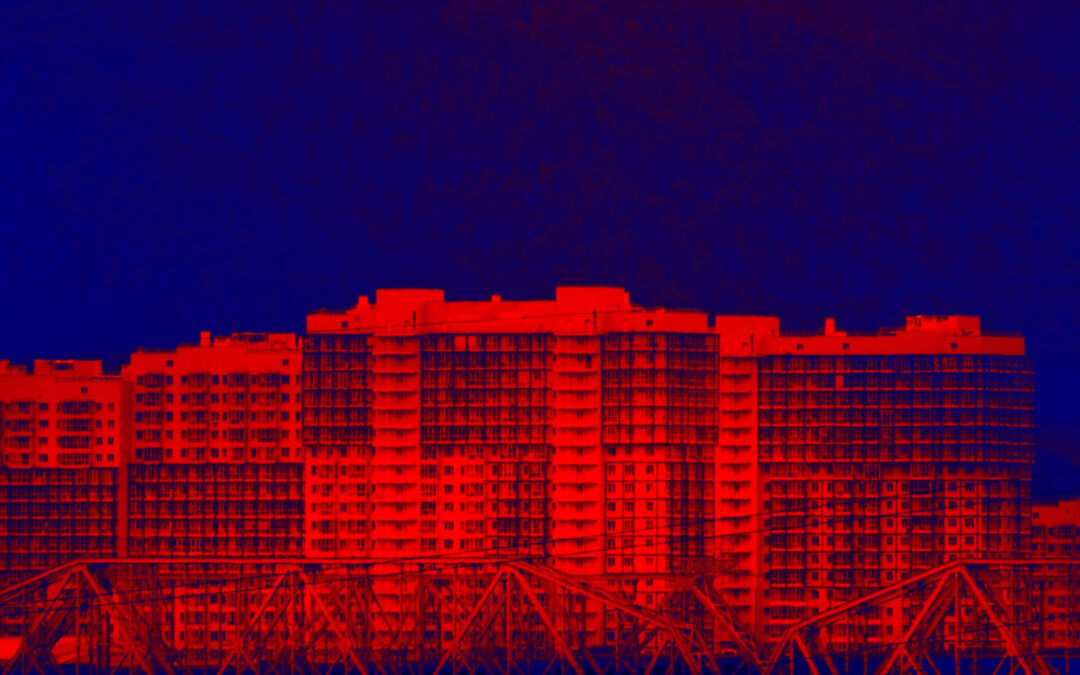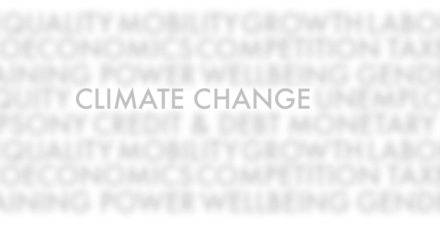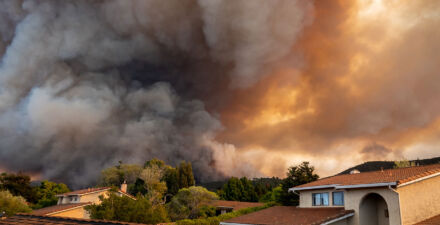The inequitable consequences of ‘heat islands’ within the metropolitan areas of the United States and what to do about it

Environmental science finds that so-called heat islands occur when urbanized areas experience much higher temperatures than neighboring outlying areas within major metropolitan areas. In and around U.S. cities, more affluent parts of these metropolises are typically heavily covered with trees and green vegetation, while areas that have a high concentration of office buildings and dense residential areas are usually located in the downtown sections of cities, and are in and around more impoverished communities.
The inequitable consequences of these heat islands in the summer months of the year—and increasingly in the late spring and early autumn, too—are many and are growing due to climate change. Consider that in today’s exceedingly hot summer climate, intercity metropolitan temperatures can differ significantly even between neighborhoods. In many major metropolitan localities, such as Washington, DC, there is, at times, as much as a 17 degree Fahrenheit difference between inner-city temperatures and surrounding urban areas. So, one area of a major U.S. city could be enjoying a warm, 88 F day on the same day and time when another area is contending with temperatures of 105 F.
What are the inequitable consequences associated with what environmental economists refer to as “thermal inequality” due to heat islands? Varying heat levels within cities increase demand on a metropolitan area’s energy grid, often leading to power outages in less wealthy parts of those cities just when demand is highest due to the heat island effect. There are losses in labor productivity among workers in dense and less wealthy urban centers due to high heat levels. There are increased rates of hospitalizations due to seasonal heat islands. And rises in urban crime also are linked to heat islands.
Another important way that variations in temperatures within metropolitan areas affect economic outcomes relates to how heat islands shape housing demand and, ultimately, housing costs. My own forthcoming research shows the effects of increased levels of heat on rental property prices within metropolitan statistical areas, or MSAs, of the United States. My initial findings reflect that over time, as temperatures continue to increase, two trends are becoming more pronounced.
One trend points to rising rental prices in some metropolitan statistical areas. As localities within some MSAs that are habitually cooler begin to warm, this warming shifts the climate of places with traditionally harsh winters, making them shorter, less severe, and more bearable. This leads to an increase in rental housing demand as individuals begin to migrate to areas of the United States with more temperate climates.
My findings also show the inverse to be true. The other trend I identify is that as the majority of renters in hotter cities continue to experience rising temperatures for longer periods of time, heat will begin to serve more as a dis-amenity, marking the point when households will begin to migrate in search of less severe temperatures and causing rental housing demand in these places to decrease over time.
There is supporting research regarding the effect of high temperatures on home prices for buyers, as opposed to renters, with similar findings. These findings suggest that both renters and buyers in Northern metropolitan areas may be at risk of increased price points as heat levels continue to rise more rapidly and for longer periods of time each year elsewhere around the country.
Affordable housing also is correlated metropolitan localities have high percentages of building density that lowers the available area for green space. This dynamic, combined with the fact that the most affordable housing is often located in the warmest and most congested parts of the city, leaves little room for an improved quality of life. As such, individuals living in these areas are not only subject to heightened levels of heat within their homes, but also to warmer temperatures during their routine commutes to their respective places of employment.
The evidence of the effects of thermal inequality on strong and sustainable economic growth arises largely in research connecting the impact of rising heat in local communities and labor productivity in those communities. Recent research by economists Patrick Behrer at the World Bank, R. Jisung Park at the University of California, Los Angeles, Gernot Wagner at Columbia Business School, and Colleen Golja and David Keith at Harvard University explores the effects of increased heat on labor productivity, work hours, and income in the workplace of poorer communities in the United States. They find that on days when the temperature exceeds 90 degrees Fahrenheit, there is a reduction in average weekly pay of about 2.2 percent. This effect is proportionately lower for wealthier localities, they find, with their results showing a weaker effect of higher temperatures for the upper-90th percentile of the population.
Of course, there are other notable and costly effects of increased heat. High temperatures can induce medical illness, and during summer months in highly dense metropolitan areas, there are often increased reports of cases associated with heat-related illness, such as heat stroke and dehydration. The economic effects involve increased demand for emergency response personnel, supplies, and the increased use of medical facilities. The cost of increased levels of heat are intensified for people of color and in less affluent communities, with heat-related hospitalizations costing, on average, $1,000 more for patients of color, compared to White patients.
Warmer temperatures also increase the cost of energy. As more energy is needed to keep a home at comfortable temperature levels, the demand on the power grid increases. When outside temperatures pass a certain threshold, it is common for individuals with air conditioners to cool down their homes further. This is where thermal inequality sets in—when areas that are less shaded and highly dense begin to hold higher levels of heat than the surrounding suburban living spaces. Homes located in heat islands face higher demand for air conditioning and thus utilize larger levels of energy to cool their homes. Individuals living in heavily shaded and wooded areas are much less likely to experience the same level of heat, thus resulting in less energy use than their neighboring counterparts.
A plan for equitable climate policy in the United States
February 18, 2020
Heat islands are neither inevitable nor unstoppable, despite the relentless impact of climate change on urban U.S. metropolitan areas. It is key for policymakers at city, state, and federal levels to begin to recognize the extended costs associated with thermal inequality. There are a range of thermal models with conflicting forecast predictions about the long-term effects of climate change, but all the models point to a much warmer climate in the immediate-to-near future, which will only exacerbate the economic toll of intercity thermal inequality. That’s why it is imperative to begin offsetting the negative cost of climate change by simultaneously implementing both mitigation efforts and adaptation measures, as suggested by UCLA’s Park, an environmental economist and the Washington Center of Equitable Growth’s new visiting scholar.
Taking steps to mitigate and adapt to heat islands could include proposed polices similar to those included in the Green New Deal legislation introduced in the U.S. House of Representatives in 2021. Policymakers also could work more specifically to suppress and mitigate factors that lead to heat inequality within U.S. cities. This includes increasing green space mandates and upgrading public housing standards to minimize elevated temperature in homes, such as retrofitting existing properties with green-roof technology. A number of U.S. cities are already doing this, among them Chicago, Portland, Oregon, and New York City.
Additionally, policymakers at the federal, state, and local levels should look to offset costs associated with heat, including making energy more affordable for people in low-income neighborhoods so they can cover the costs of air conditioning, as well as increased medical attention for heat-related illnesses. This could be done by closing the so-called Medicaid gap in Obamacare healthcare exchanges, as most of the states that rejected Obamacare’s Medicaid expansion funding are in the South, where already-hot temperatures will only continue to rise. And tax rebates on a carbon tax could be directed toward lower-income housing in big cities.
Importantly, though, many of these policy solutions to address the effects of heat islands should be applied in just the right amounts so as to not tip the scales from greening metropolitan areas to gentrifying them. Perhaps an additional line of policy would be to form protective measures for those currently residing in areas in need of a green revival. By moving to enact more legislation such as the proposals previewed in this column, policymakers could begin to cool the heat of neighborhood inequality one city block at a time to create stronger and more sustainable economic growth.






